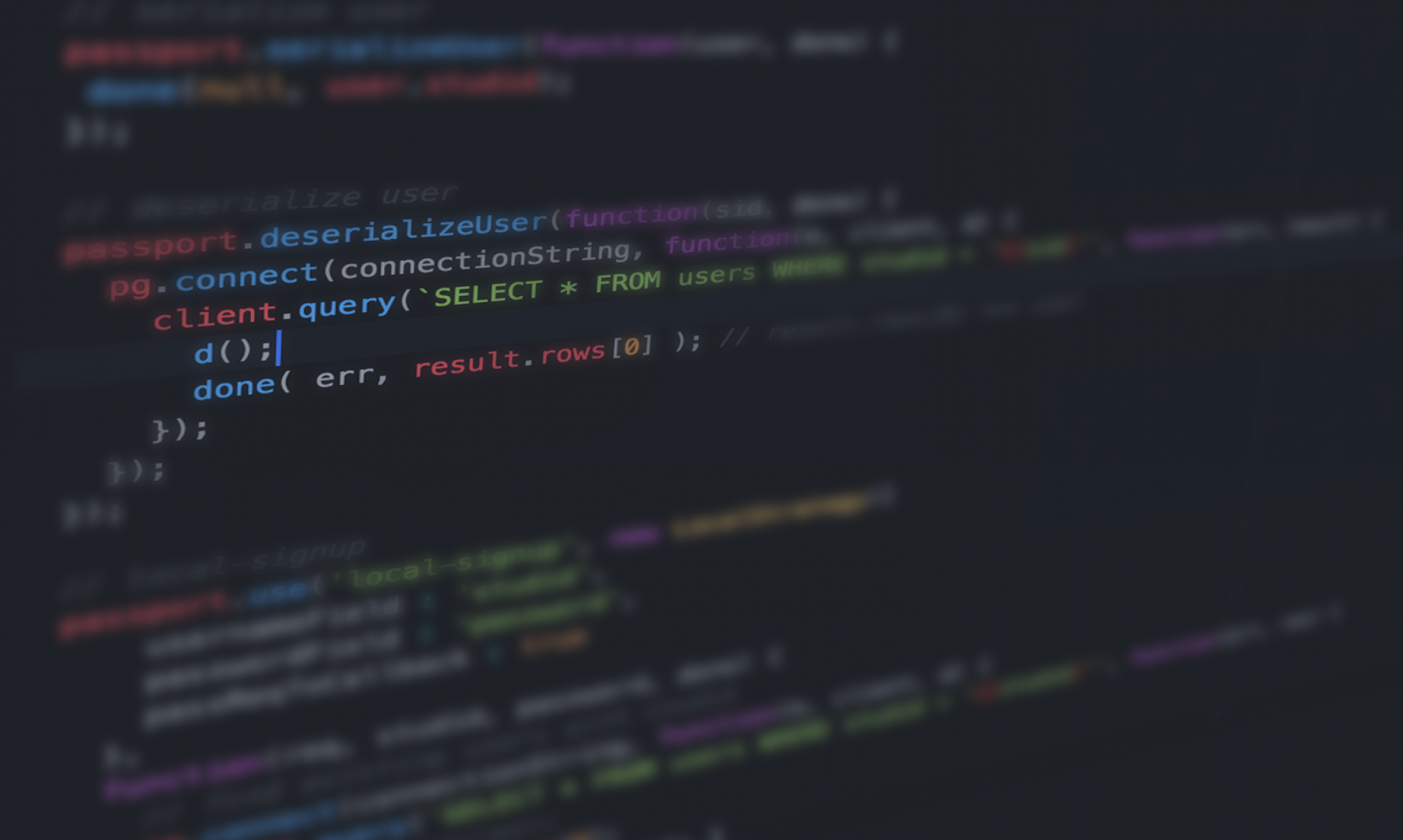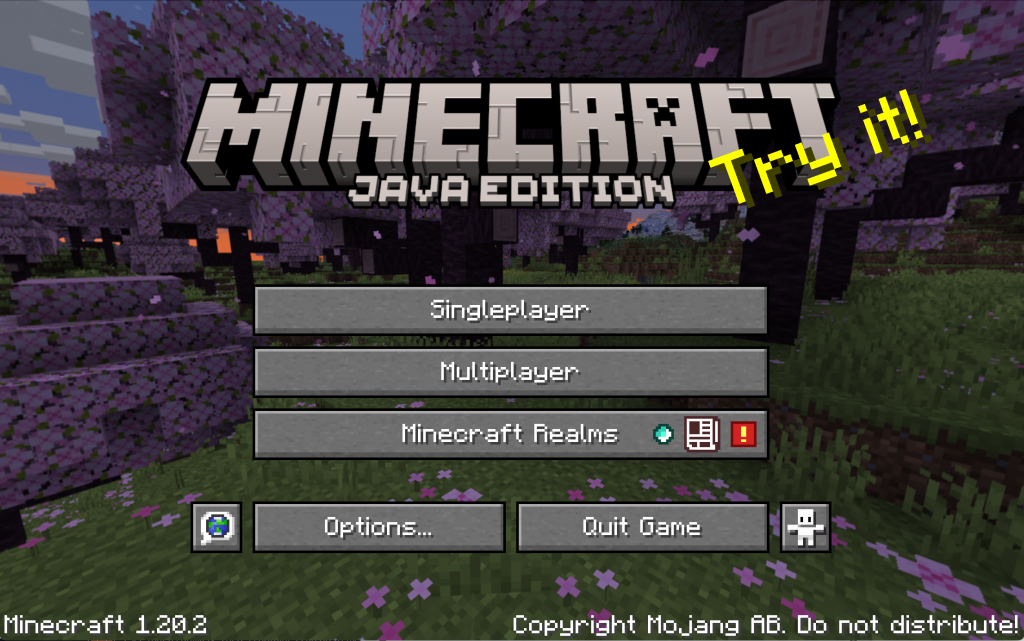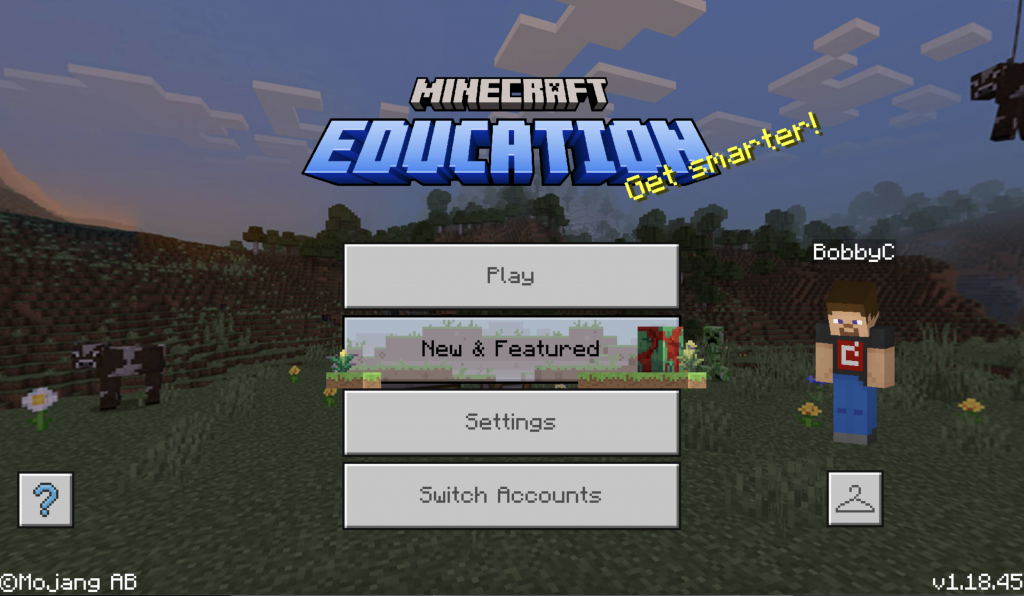Artificial Intelligence (AI) has quickly transitioned from fiction to an integral part of modern life. The idea of a Christian chatbot or religious robot has ignited significant debate among its many applications. Can machines support spiritual journeys, aid evangelism, or even participate in church services? This post examines the arguments for and against these innovations and explores how these systems can minimize false statements to uphold their integrity and purpose. These reflections are based on a conversation I had with Jake Carlson, founder of The Apologist Project.
The Case for Christian Chatbots and Religious Robots
The primary argument for Christian chatbots lies in their potential to advance evangelism and make Christian teachings accessible. In our discussion, Jake emphasized their role in fulfilling the Great Commission by answering challenging theological questions with empathy and a foundation in Scripture. His chatbot, apologist.ai, serves two key audiences: nonbelievers seeking answers about Christianity and believers who need support in sharing their faith; tools like this can become a bridge to deeper biblical engagement.
Religious robots, meanwhile, show promise in supporting religious practices, particularly where human ministers may be unavailable. Robots like BlessU-2, which delivers blessings, and SanTO, designed to aid in prayer and meditation, illustrate how technology can complement traditional ministry. These innovations also provide companionship and spiritual guidance to underserved groups, such as the elderly, fostering a sense of connection and comfort (Puzio, 2023).
AI also offers significant potential in theological education. Fine-tuning AI models on Christian texts and resources allows developers to create tools that help students and scholars explore complex biblical questions. Such systems enhance learning by offering immediate, detailed comparisons of theological perspectives while maintaining fidelity to core doctrines (Graves, 2023; Schuurman, 2019). As Jake explains, models can be tailored to represent specific denominational teachings and traditions, making them versatile tools for faith formation.
The Challenges and Concerns
Despite their potential, these technologies raise valid concerns. One significant theological issue is the risk of idolatry, where reliance on AI might inadvertently replace engagement with Scripture or human-led discipleship. Jake emphasizes that Christian chatbots must clearly position themselves as tools, not authorities, to avoid overstepping their intended role.
Another challenge lies in the inherent limitations of AI. Critics like Luke Plant and FaithGPT warn that chatbots can oversimplify complex theological issues, potentially leading to misunderstandings or shallow faith formation (VanderLeest & Schuurman, 2019). AI’s dependence on pre-trained models also introduces the risk of factual inaccuracies or biased interpretations, undermining credibility and trust. Because of this, they argue that pursuing Christian chatbots is irresponsible and that it violates the commandment against creating engraved images.
Additionally, the question of whether robots can genuinely fulfill religious roles remains unresolved. Religious practices are inherently relational and experiential, requiring discernment, empathy, and spiritual depth—qualities AI cannot replicate. As Puzio (2023) notes, while robots like Mindar, a Buddhist priest robot, have conducted rituals, such actions lack the relational and spiritual connection that is central to many faith traditions.
Designing AI to Minimize Falsehoods
Given the theological and ethical stakes, developing Christian chatbots requires careful planning. Jake’s approach offers a valuable framework for minimizing errors while ensuring theological fidelity. Selecting an open-source AI model, for example, provides developers with greater control over the system’s foundational algorithms, reducing the risk of unforeseen biases being introduced later by external entities.
Training these chatbots on a broad range of theological perspectives is essential to ensure they deliver well-rounded, biblically accurate responses. Clear disclaimers about their limitations are also crucial to reinforce their role as supplemental tools rather than authoritative voices. Failure to do so risks misconceptions about an “AI Jesus,” which borders on idolatry by shifting reliance from the Creator to the created. Additionally, programming these systems to prioritize empathy and gentleness reflects Christian values and fosters trust, even in disagreement.
Feedback mechanisms play a critical role in maintaining accuracy. By incorporating user feedback, developers can refine responses iteratively, addressing inaccuracies and improving cultural and theological sensitivity over time (Graves, 2023). Jake also highlights retrieval-augmented generation, a technique that restricts responses to a curated body of knowledge. This method significantly reduces hallucinations, enhancing reliability.
Striking a Balance
The debate over Christian chatbots and religious robots underscores the tension between embracing innovation and keeping with tradition. While these tools offer opportunities to extend ministry, enhance education, and provide comfort, they must be designed and used with humility and discernment. Developers should ground their work in biblical principles, ensuring that technology complements rather than replaces human-led spiritual engagement.
Ultimately, the church must navigate this new paradigm carefully, weighing the benefits of accessibility and evangelism against the risks of misrepresentation. As Jake puts it, by adding empathy to truth, Christians can responsibly harness AI’s potential to advance the kingdom of God.
References
VanderLeest, S., & Schuurman, D. (2015, June). A Christian Perspective on Artificial Intelligence: How Should Christians Think about Thinking Machines. In Proceedings of the 2015 Christian Engineering Conference (CEC), Seattle Pacific University, Seattle, WA (pp. 91-107).
Graves, M. (2023). ChatGPT’s Significance for Theology. Theology and Science, 21(2), 201–204. https://doi.org/10.1080/14746700.2023.2188366
Schuurman, D. C. (2019). Artificial Intelligence: Discerning a Christian Response. Perspectives on Science & Christian Faith, 71(2).
Puzio, A. (2023). Robot, let us pray! Can and should robots have religious functions? An ethical exploration of religious robots. AI & SOCIETY. https://doi.org/10.1007/s00146-023-01812-z


